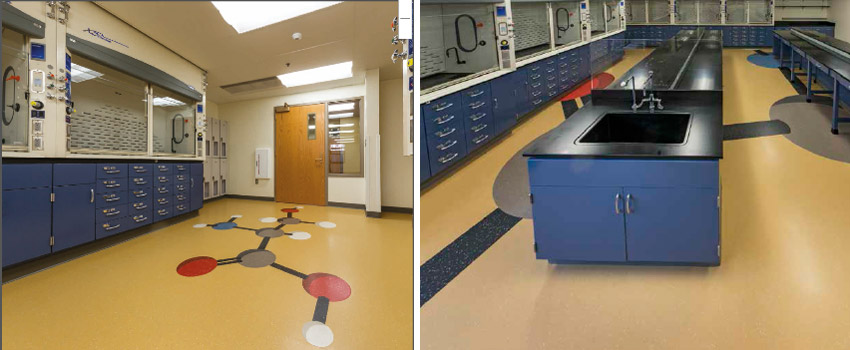Flooring for Laboratory Designs
Rubber flooring products offer more options and better performance than some traditional materials
Sponsored by Interface
This test is no longer available for credit
CONCLUSION
When it comes to selecting flooring for laboratory settings, there are many considerations to take into account, both physical to the building and functional for people. While some traditional choices have been used for years, vulcanized or calendared rubber flooring products have emerged as a clear choice with many advantages due to their inherent traits for performance, appearance, and sustainability. Specifying rubber flooring in laboratory settings is a proven, long-lasting, durable, and easy-to-maintain solution.
Peter J. Arsenault, FAIA, NCARB, LEED-AP is a nationally known architect, sustainability consultant, technical writer and continuing education presenter. www.linkedin.com/in/pjaarch
Originally published in Architectural Record
Originally published in October 2019











